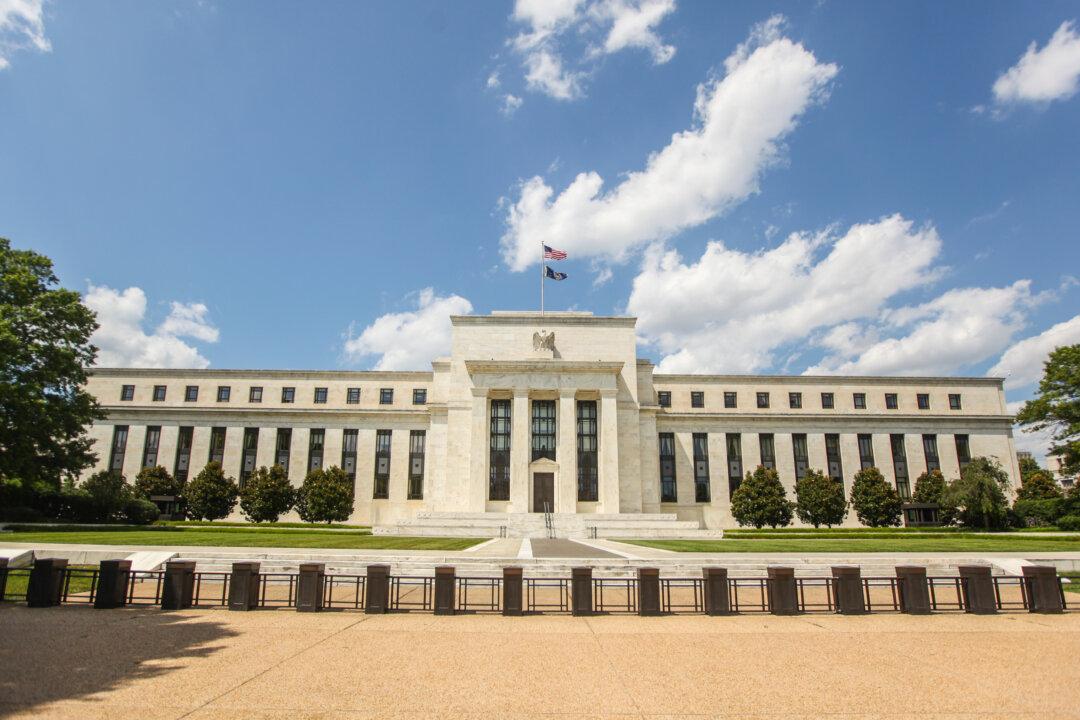
BUENOS AIRES, Argentina—Argentina has seen worse: 20,000 percent inflation, currency devaluation, military coups, and sovereign defaults. Compared to the country’s history, the current situation seems benign. And yet despite, and maybe because of, fast-paced reforms, President Mauricio Macri faces strong headwinds on his quest to realize Argentina’s full potential.
“Argentina will be among the highest-growth countries in the next 20 years,” said Macri, at the opening conference of the World Economic Forum (WEF) on Latin America in Buenos Aires on April 6.
Macri, who was elected on a reform platform in December 2015, vowed to make the country competitive, to open it up to international investors, and to reinvigorate trade. He has delivered on many of his campaign promises.
However, the situation left by his predecessor Cristina Kirchner is complicated, and Argentines don’t have much patience for political reforms if they don’t deliver the goods fast.





